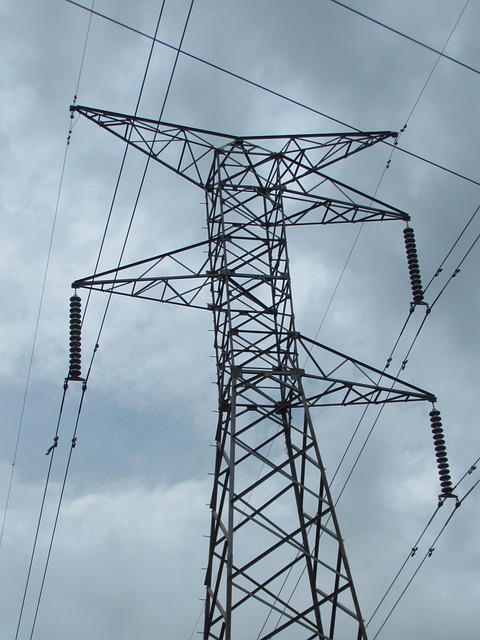Electricians play a vital role in ensuring electrical safety for homeowners and businesses by adhering to stringent regulations. They employ specialized skills, tools like insulated gloves and voltage testers, and maintain up-to-date knowledge of codes to prevent electrocution, fires, and other hazards. Regular inspections and maintenance, including checking wiring and testing GFCIs, safeguard against system failures and promote safety, compliance, and longevity of electrical systems.
“Ensure your home or business’s electrical systems are safe and compliant with our comprehensive guide. We explore the vital role of understanding safety regulations in electrical work, emphasizing the importance of qualified electricians. From essential tools for secure practices to identifying common hazards, this article covers all aspects. Learn about regular maintenance and inspection procedures to prevent accidents and keep your environment secure. Discover why professional electricians are indispensable in upholding strict safety standards.”
- Understanding Safety Regulations for Electrical Work
- The Role of a Qualified Electrician
- Essential Tools and Equipment for Safe Practices
- Common Safety Hazards and How to Avoid Them
- Regular Maintenance and Inspection Procedures
Understanding Safety Regulations for Electrical Work
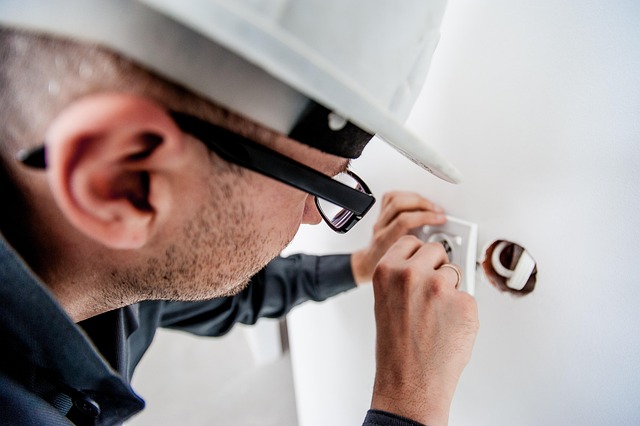
When it comes to electrical work, understanding and adhering to safety regulations is paramount. These regulations are in place to protect both homeowners and electricians from potential hazards like electrocution, fires, and other accidents. A qualified electrician must be well-versed in the latest codes and standards, ensuring every job is completed safely and compliantly. This includes proper wiring techniques, ground fault circuit interrupters (GFCIs), and regular maintenance checks to identify and rectify any potential issues before they become dangerous.
Electrical safety regulations cover a wide range of aspects, from the type of equipment used to the procedures followed during installation or repair. For instance, using insulated tools and wearing protective gear is essential. Moreover, electrical work should only be performed by licensed professionals who can navigate complex codes and ensure every detail is executed correctly. By adhering to these safety standards, electricians not only safeguard their clients but also contribute to a safer living environment for everyone.
The Role of a Qualified Electrician
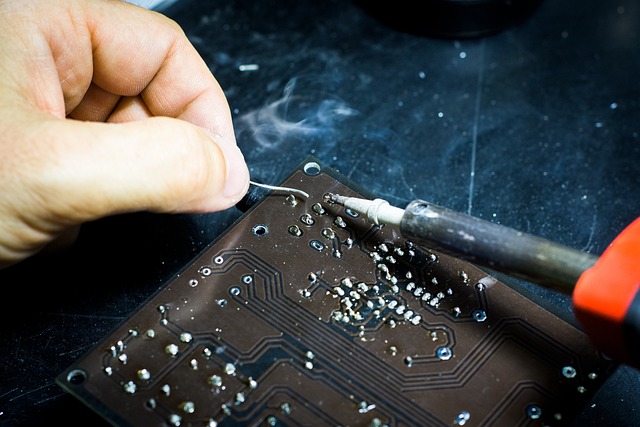
A qualified electrician plays a pivotal role in ensuring all electrical work adheres to safety regulations. With extensive training and proven expertise, they possess the knowledge and skills necessary to install, maintain, and repair electrical systems while prioritizing safety at every step. These professionals are equipped to identify potential hazards, such as faulty wiring or outdated components, that could pose risks to residents or buildings.
Their work encompasses a wide range of tasks, from routine inspections to complex installations. By adhering to strict industry standards and local codes, they help prevent electrical fires, shocks, and other accidents. Moreover, qualified electricians provide peace of mind, knowing that the electrical systems in homes, businesses, and public spaces are safe and reliable, thereby enhancing overall well-being and property value.
Essential Tools and Equipment for Safe Practices
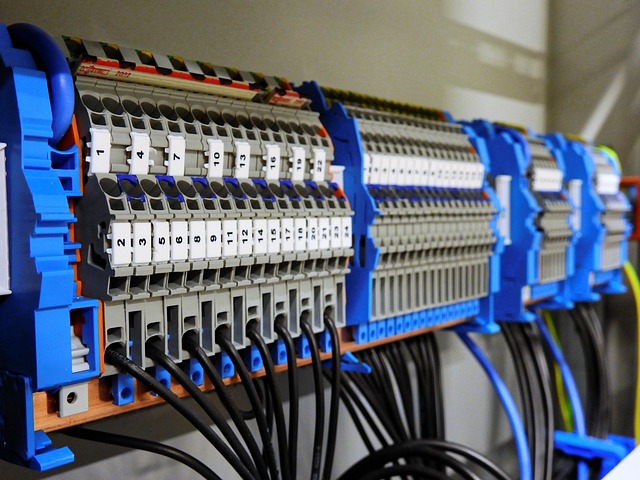
When it comes to ensuring safe electrical practices, a qualified electrician should never be without their essential tools and equipment. At a minimum, this includes insulated gloves and clothing to protect against electric shock, safety goggles to prevent debris and sparks from causing eye injuries, and non-conductive tools made from materials like wood or plastic.
Additionally, a voltage tester is crucial for verifying the absence of power before working on any circuit, while a multimeter measures voltage, current, and resistance to aid in troubleshooting. Proper grounding equipment, such as ground rods and clamps, is also essential to divert electrical current away from workers and prevent accidents. These tools empower electricians to work safely and efficiently, adhering to industry standards and safeguarding both themselves and their clients.
Common Safety Hazards and How to Avoid Them
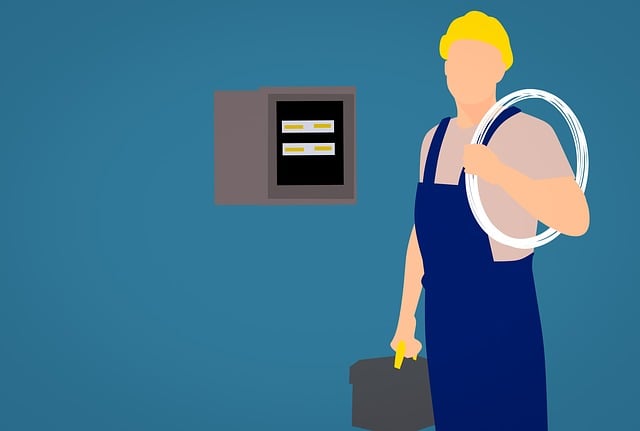
Electricians face numerous safety hazards on a daily basis, many of which can be avoided with proper training and precautions. Common dangers include electrical shocks from live wires, burns from overheating equipment, and falls from ladders or scaffolds. To mitigate these risks, electricians must always follow safety protocols, such as turning off power at the source before working on any circuit, using insulated tools, and wearing protective gear like gloves and safety goggles.
Regular maintenance of tools and equipment is also crucial to prevent accidents. Keeping work areas clean and clutter-free reduces tripping hazards, while ensuring that all tools are in good condition prevents malfunctions. Additionally, staying up-to-date with safety regulations and attending regular training sessions can help electricians identify potential risks and implement effective risk management strategies, ultimately making their workplace safer for themselves and others.
Regular Maintenance and Inspection Procedures
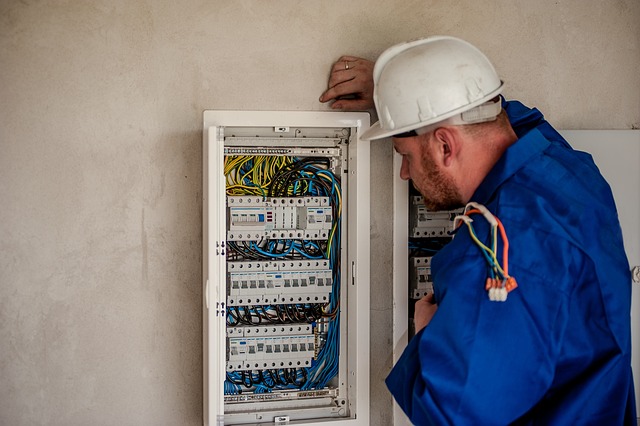
Regular maintenance and inspections are vital components in ensuring electrical safety. A qualified electrician should perform routine checks to identify potential hazards and faulty systems. These procedures involve examining electrical panels, wires, outlets, and fixtures for signs of damage, wear, or misalignment. During inspections, the electrician tests the functionality of circuit breakers and ground fault circuit interrupters (GFCIs), ensuring they operate correctly and promptly.
By implementing these maintenance practices, electricians can prevent unexpected failures, reduce the risk of electrical fires, and promote the overall longevity of the electrical system. Regular attention to detail also helps in identifying outdated wiring or components that may not meet current safety standards, allowing for timely upgrades and replacements.
When it comes to electrical work, prioritizing safety is non-negotiable. By understanding relevant regulations, employing qualified professionals equipped with proper tools, and remaining vigilant against common hazards, homeowners can ensure their properties remain secure. Regular maintenance and inspections further reinforce these measures, fostering a safe living environment. Whenever you encounter electrical issues, remember that a qualified electrician is your best ally in navigating potential dangers and ensuring compliance with safety standards.
